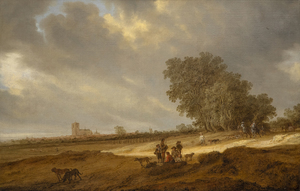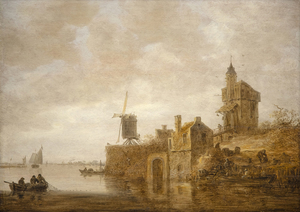
מרי ווד
יועץ אמנות, אירופה
באזל, שוויץ
מרי ווד היא יועצת אמנות שבסיסה בבאזל, שוויץ, שם היא מובילה את חברת הייעוץ האירופית שלנו. לא רק באזל היא ביתם של יריד האמנות היוקרתי בעולם, ארט באזל, אלא גם מוזיאוני אמנות מובילים כגון Fondation Beyeler ו Kunstmuseum Basel. מחוץ לבאזל, מרימבקרת באופן קבוע את לקוחותינו ברחבי אירופה כדי לסייע בכל צרכי האיסוף שלהם. בתקופתה בהת'ר ג'יימס, מרי רכשה והציבה יצירות מופת עבור הת'ר ג'יימס אמנות יפה, כולל קלוד מונה, אלכסנדר קלדר, דייוויד הוקני, רנה מגריט, רוברט ראושנברג ודמיאן הירסט.
"אני אוהב את השילוב של היסטוריה ואנשים מכל העולם שחיים בשוויץ. כשאתה הולך ברחוב, אתה שומע שפות רבות ושונות ורואה את ההיסטוריה העשירה והמקיפה של באזל בכל מקום שאתה מסתכל – מיטלרה ברוקה (הגשר האמצעי) במרכז העיר, נפתח בשנת 1226! המקום האהוב עלי לבקר בו הוא Fondation Beyeler מכיוון שהתערוכות, האדריכלות והשטח שלו יוצאי דופן. ממוקם קצת מחוץ לבאזל, המוזיאון הוא מקום אידילי לבלות בו אחר צהריים."
הת'ר ג'יימס פיין ארט – BASEL הפכה למשאב בעל ערך עבור לקוחות מקומיים, ומספקת מגוון רחב של תמיכה וסיוע למגוון רחב של נכסים. בעזרת מומחי הת'ר ג'יימס אמנות, הנציגים שלנו יכולים לסייע לך אם יש לך שאלות לגבי קנייה או מכירה, או רוצה לקבל אובייקט מהאוסף שלך מוערך.
אנו מספקים מגוון רחב של שירותים מבוססי לקוח כולל עיזבון ותכנון מס, ניהול גבייה, שמאות, ניהול לוגיסטי, רכישות ושירותים פיננסיים.
בחדשות
שירותים
הת'ר ג'יימס פיין ארט מספקת מגוון רחב של שירותים מבוססי לקוח המתאימים לצרכי איסוף האמנות הספציפיים שלך. צוות התפעול שלנו כולל מטפלים מקצועיים באמנות, מחלקת רשם מלאה וצוות לוגיסטי בעל ניסיון רב בהובלת אמנות, התקנה וניהול אוספים. עם שירות כפפות לבנות וטיפול מותאם אישית, הצוות שלנו עובר את הקילומטר הנוסף כדי להבטיח שירותי אמנות יוצאי דופן עבור לקוחותינו.
הכירו אותנו
גלריות
שדרות פורטולה 45188
פאלם דזרט, קליפורניה 92260
(760) 346-8926
שעות: בתיאום מראש
רחוב סנטר 172, סוויטה 101
ת.ד. 3580
ג'קסון הול, וואי 83001
(307) 200-6090
שעות: בתיאום מראש





















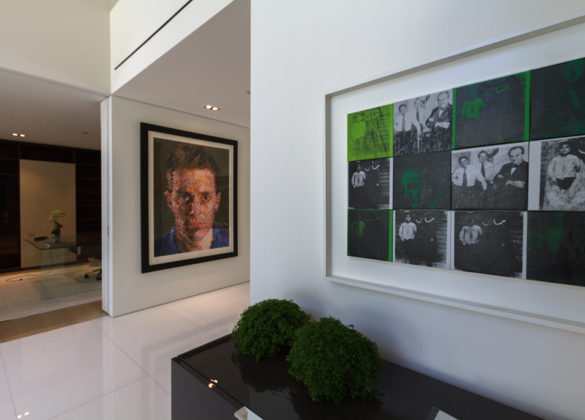
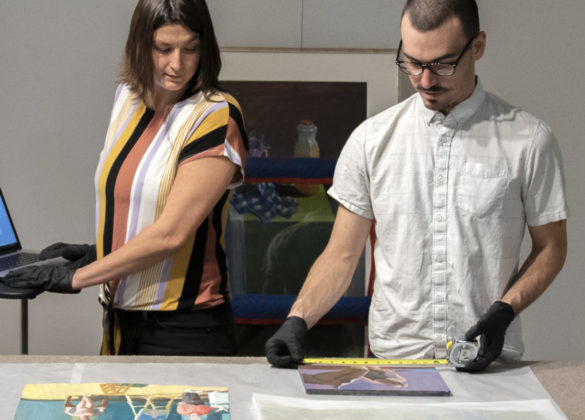











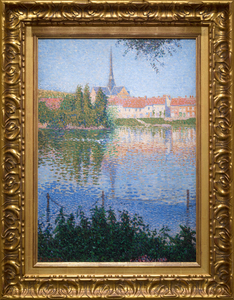
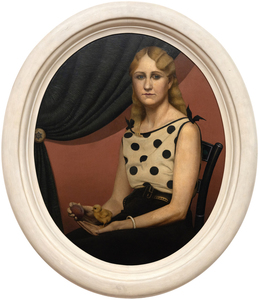
,_new_mexico_tn40147.jpg )
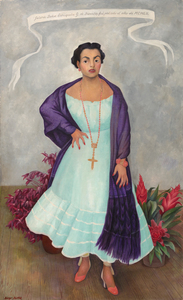
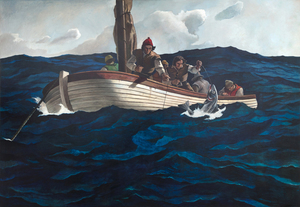
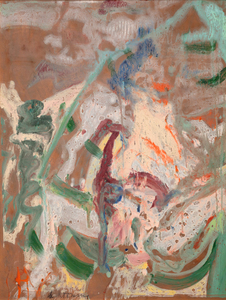
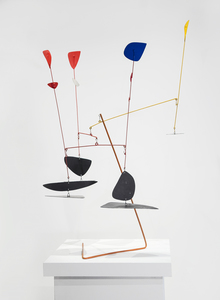
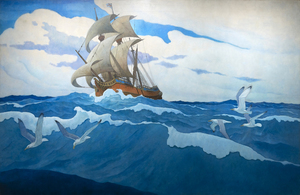
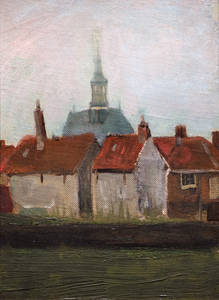
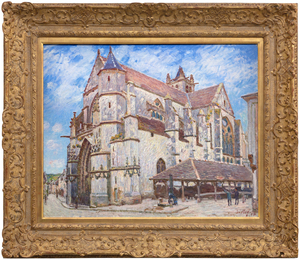
_tn45742.jpg )
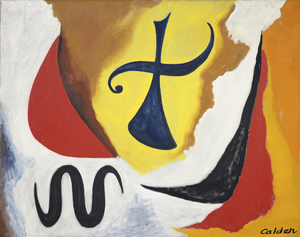
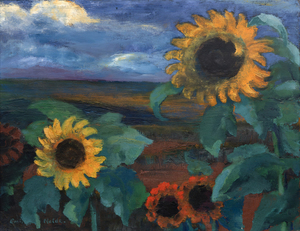
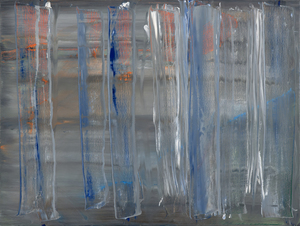
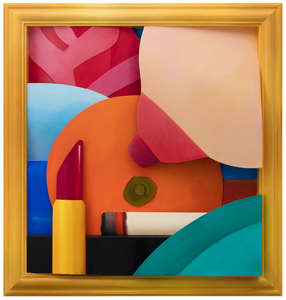
_tn45734.jpg )
_tn45731.jpg )
_tn45741.jpg )
_tn43950.jpg )
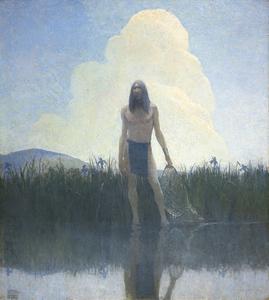
_tn45739.b.jpg )
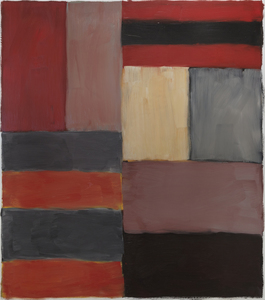
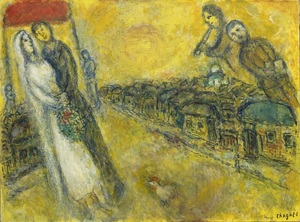
_tn45733.jpg )
_tn40169.jpg )
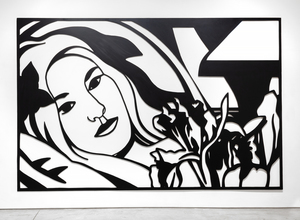
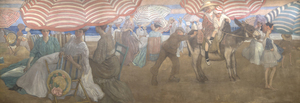
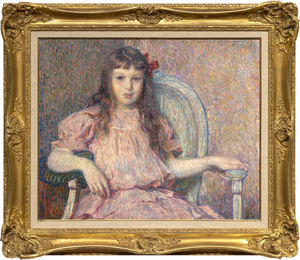
![SIR WINSTON CHURCHILL-View of Loch Choire (C 51) Painted while staying at Dunrobin Castle, the estate of the Duke of Sutherland, Churchill chose to set his easel behind a tree where he likely thought of it as a framing device, adding a layer of depth, creating a stronger sense of foreground, middle ground, and background, enhancing the three-dimensionality of the picture. Churchill painted at both Dunrobin as well as the Duke’s Sutton Place estate, later the home of John Paul Getty.<br><br>As Mary Soames describes it in her book, Winston Churchill, His Life as a Painter, “1921 had been a year of heavy personal tidings” for Churchill and his family, as he lost both his mother, Jennie Cornwallis-West, and his beloved child, Marigold, aged nearly four. In a letter to his wife Clementine, Churchill wrote, “… Many tender thoughts, my darling one of you and yr sweet kittens. Alas I keep on feeling the hurt of the Duckadilly [Marigold’s pet name].” That Churchill chose to stay with the Duke and Duchess at Dunrobin just after Marigold’s death speaks to their close friendship and his fondness for the area, including Loch Choire. It is no surprise that Churchill gifted the painting to the Duke of Sutherland](/Art_Images/Small/sir_winston_churchill_view_of_loch_choire_(c_51)_tn45743.jpg )
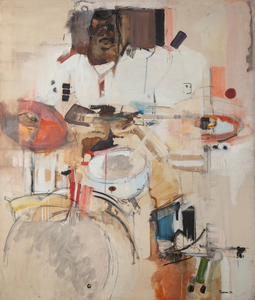
_tn45732.jpg )
_tn27035.jpg )
_tn45736.jpg )
![SIR WINSTON CHURCHILL-The Library of Sir Philip Sassoon's House at Lympne (C 19) Churchill counted as both a friend and political ally, Phillip Sassoon – one of Britain's great hosts, cousin of famed poet Siegfried Sassoon, and the man upon whom Noël Coward crowned "a phenomenon that will never recur”. Sassoon and his sister Sybil were among Winston and Clementine’s great friends. As described by Lady Soames in her book, “Philip Sassoon was a man of charm and distinction, and he dispensed princely hospitality to a brilliant and varied circle of friends at his two country houses, Port Lympne and Trent Park. He made a remarkable collection of works of art. Winston received much help and encouragement from Sassoon, and painted many pictures of both his house and gardens. One of the ways in which Winston taught himself to paint was by copying pictures he admired. With his large and varied collection, Sir Philip was able to be of help in this way, too, and Winston studied and copied quite a number of his friend’s pictures. Sassoon was a friend and patron of John Singer Sargent, and owned many of his works. Winston admired several of these, and found them highly instructive; in 1926, [less than two years before this painting was created] Philip Sassoon wrote Winston this note, which accompanied a generous present and a helpful loan:<br><br>My dear Winston,<br><br>You have often admired the picture of John Lewis Brown of the two horsemen that hung at Trent, so I am sending it to you with my best wishes in the hope that you find a corner for it at Chartwell. I am also sending th little Sargent picture wh you asked for. He painted it when he was 18!”<br><br>One is struck by Sassoon’s generosity, and can see in later works how his close study of Sargent influenced Churchill.](/Art_Images/Small/sir_winston_churchill_the_library_of_sir_philip_sassoon's_house_at_lympne_(c_19)_tn45745.jpg )
